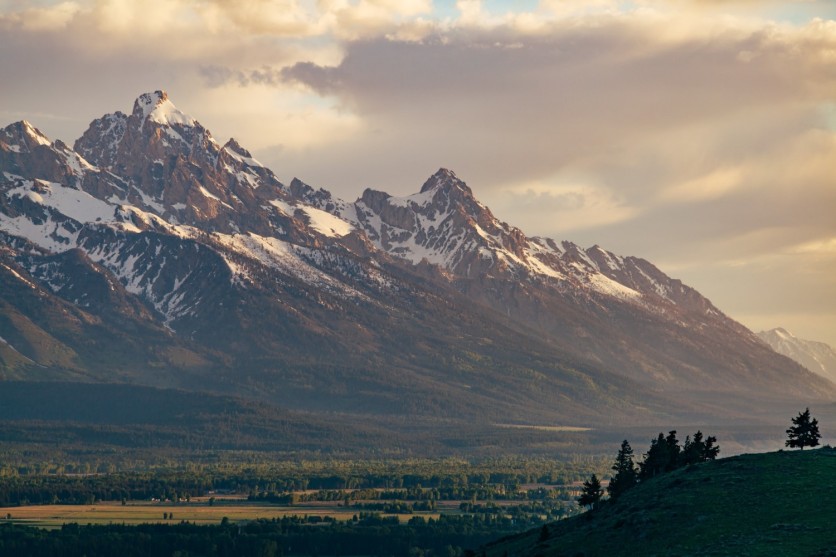
Based on a story from Fast Company, a wide field in rural Wyoming will eventually be dotted with thousands of shipping container-sized boxes that can suck CO2 from the atmosphere to aid in climate change mitigation. The now-compressed CO2 will move through pipes into neighboring wells drilled hundreds of feet down, where it will be permanently stored. Everything will be powered by renewable energy.
The Carbon Removal Project
According to some projections, the world may need to remove 10 billion tons of CO2 from the atmosphere annually by the middle of the century. Forests can only contribute to a limited extent, especially when climate change makes carbon absorption more difficult. A rising number of early-stage firms are developing alternative solutions, such as CO2 absorption utilizing minerals or robotic seaweed farms. However, direct air capture is also expected to play a significant role in the new carbon removal sector.
"We've been able to put the pieces together to knock down the barriers of scaling over time," says Adrian Corless, CEO, and CTO of CarbonCapture, the company in charge of putting up the machines necessary to make the fieldwork.
CarbonCapture's partner, Frontier Carbon Solutions, will then hold the CO2 underground. This technique, known as direct air capture, is still in its development. Iceland's first commercial plant launched last year, absorbing only 4,000 tons of CO2 per year at the beginning.
It is still a very costly method of reducing carbon pollution. A single ton of harvested CO2 costs hundreds of dollars. CarbonCapture's first rates will range between $600-$700 for one ton of carbon collected and permanently stored.
CarbonCapture strives to save costs by identifying less expensive materials to absorb CO2 inside its technology. Because hundreds of new sorbent materials are being created expressly for direct air capture, the company's technology is intended to function equally with them, allowing the equipment to be quickly upgraded as the field advances.
How it will work on Wyoming Fields
The system's initial units, dubbed Project Bison, will be operational by the end of next year. As it expands, the project hopes to collect 5 million metric tons of CO2 per year by 2030, which is about the same as operating a million gas-powered automobiles for an entire year. Customers who want to neutralize their carbon emissions will be able to purchase the "carbon removal" service. It is currently the largest single project of its sort planned anywhere in the world.
Now, what's the deal with Wyoming Fields?
CarbonCapture wants to focus on a solution that could swiftly grow up in situ rather than establishing many smaller units. Wyoming was an appropriate location, in part because the geology lends itself to subterranean storage of collected CO2.
Frontier, on the other hand, said it couldn't reveal the exact location of the plant in Wyoming since it didn't want rivals to know. Fast Company notes that Wyoming's rules make getting permits for underground CO2 storage easier. It can also assist the state move away from fossil fuels by providing well-paying employment in the construction and operation of direct air capture facilities, which can help replace jobs in fading sectors like coal.
Related Article : Chan Zuckerberg Initiative: Climate Pledge for Carbon Removal Receives $44 M from Meta CEO and Spouse
This article is owned by Tech Times
Written by Thea Felicity
ⓒ 2025 TECHTIMES.com All rights reserved. Do not reproduce without permission.




